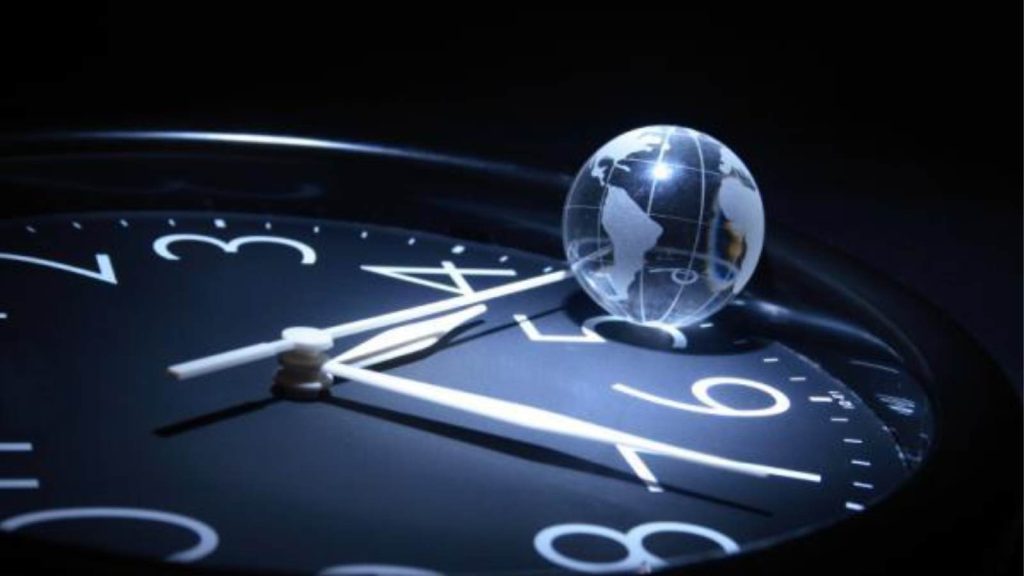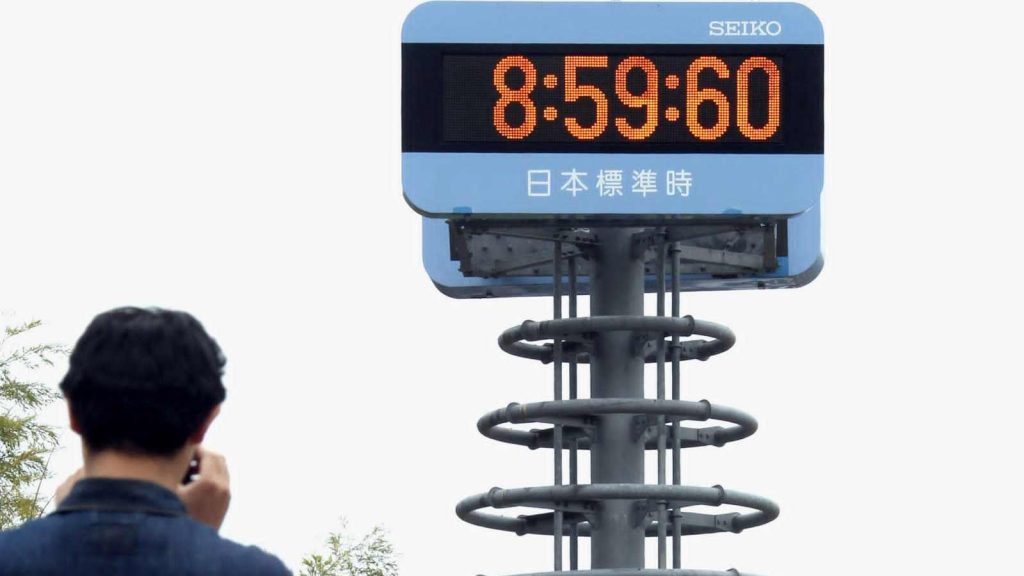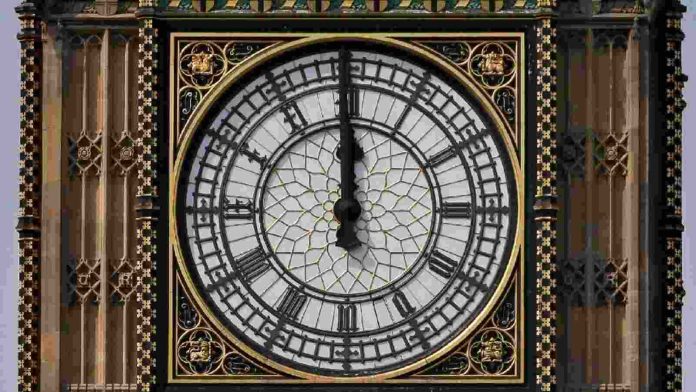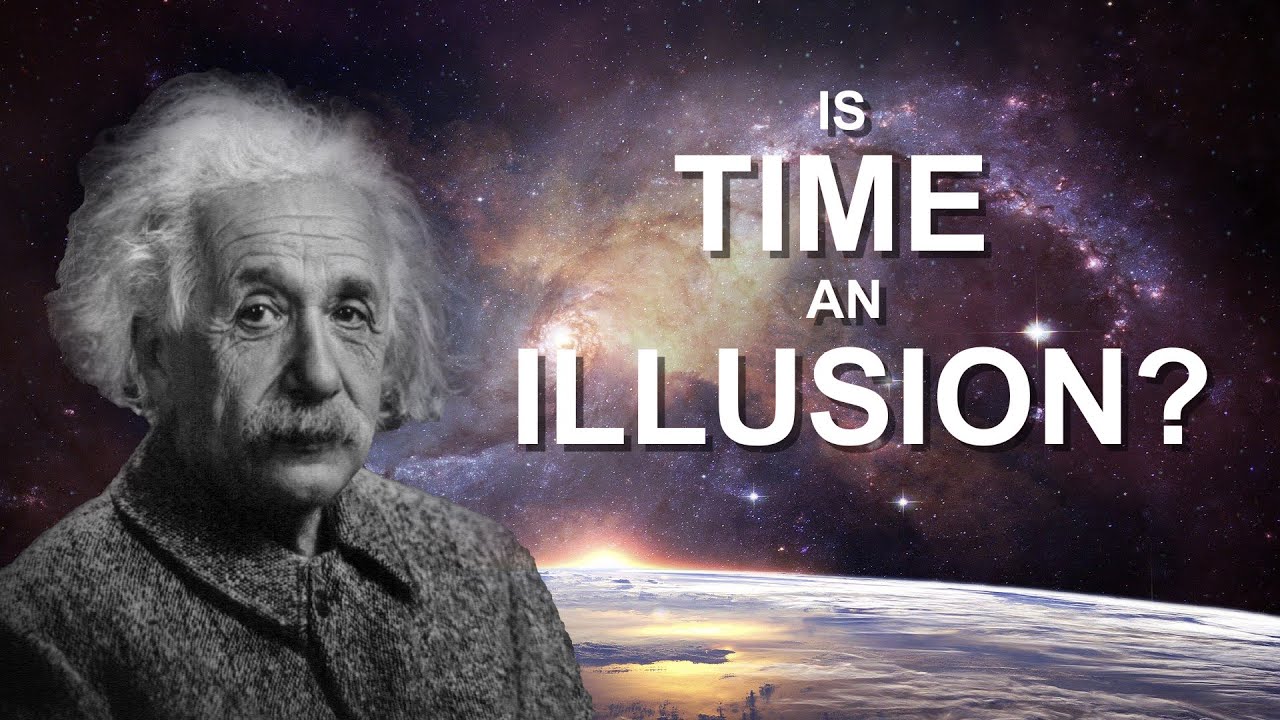In a decade’s time, the practice of Leap Second will be out of practice. On Friday, in Versailles metrologists from all over the world voted to dump the 50-year-old exercise which has been a nuisance to tech companies for years. Meta and Google had been requesting the treaty organization to drop or replace leap second which holds high-risk potential for these MNCs. In France, Resolution D passed with an almost unanimous raise of hands in the General Conference on Weights and Measures.
Leap second will go out of practice in 2035 according to the international judge on science weights and measurements. “It feels like a historic day,” asserted Elizabeth Donley, chief of the time and frequency division of the National Institute of Standards and Technology, in Boulder, Colo. In the wake of this tradition let’s know more about leap seconds and the reason why we are closing the door on it.
Read more: How Did Jennifer Lopez Inspire The Creation Of Google Images?
What Is A Leap Second?

As we were all taught in school, Earth takes 24 hours to rotate on its axis. But factually it takes more time for Earth depending on various factors like the Coriolis Force. Textually, a day on Earth completes in 86,400 seconds. Precisely, Earth takes 86,400.002 seconds to complete one rotation. To have a well-defined standard measurement of time the 0.002 leap second is adjusted accordingly. The leap seconds are added to Co-ordinated Universal Time to fall in sync with International Atomic Time.
Earth’s rotational speed depends on climatic and geological events so the leap seconds are irregular in duration. Thus the decision when to add the leap seconds is made six months in advance. International Earth Rotation and Reference System Services (IERS) add the leap seconds on 30 June or 31 December. This practice has been in use since 1967 with the installation of the accurate atomic clock that loses one second every 140,000,000 years. Since its induction, the clock has added leap seconds twenty-seven times.
Read more: “I Was Not Hoping For This” – The First Ever Google Search Will Surprise You
Why Is The Leap Second Being Dropped?

To make space for the leap seconds the atomic clock stops for a while to let Earth catch up. Adding the leap seconds is tricky and as stated by The Guardian if the process is forced incorrectly clocks of systems worldwide might fall out of sync. This can cause glitches in the computers that could lead them to stop operating. Thus leaving international financial markets defenseless against a cyber attack. Technology companies like Meta and Google among many others have been imploring authorities for decades to scrap off the leap seconds practice. However, during the vote, Russia voted against Resolution D.
According to The New York Times, experts claim if we do away with leap seconds, there would not be any significant change in the atomic clock. Technological companies like Google have to adjust the clocks in their system due to this practice. Moreover, the announcement of the alteration is made six months prior by IERS in Germany. And since the amount of duration is different it cannot be pre-programmed. The dismissal of mere seconds has brought immense joy among meteorologists all over the world. Judah Levine, a physicist told The New York Times that the decision is “an incredible step forward.”
Read more: Top 10 Biggest Mysteries That Google Earth Solved






